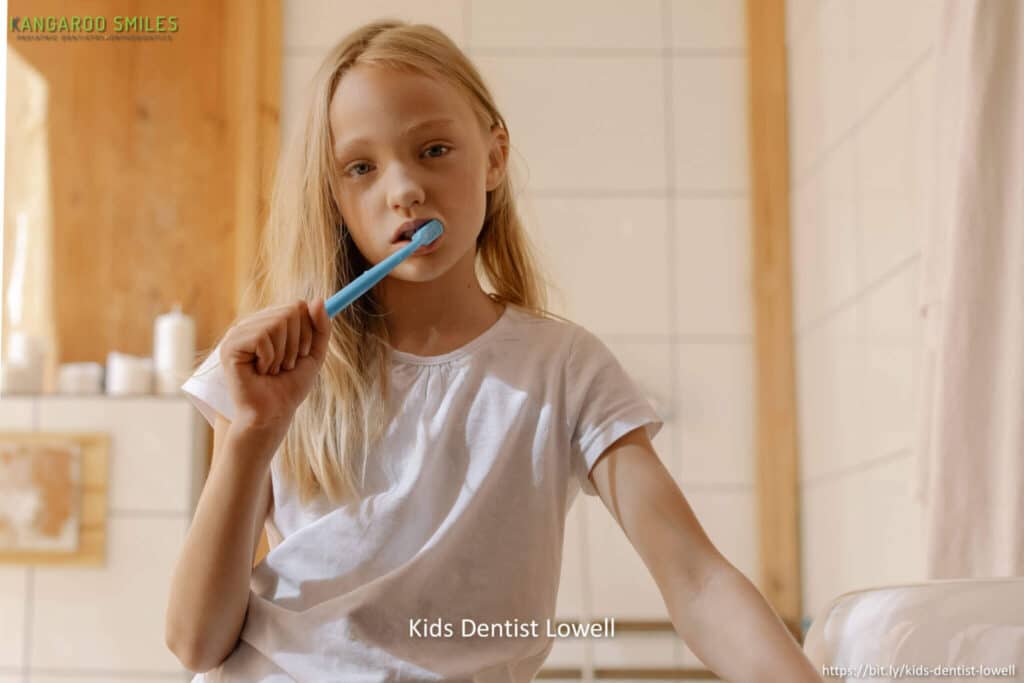A Pediatric Dentist’s Perspective on Teething Treatments
Teething is a painful process for children, and it can be challenging to find the proper treatment. That’s why this blog post will provide you with insight from a pediatric dentist on teething medicines. Pediatric dentists are experts in oral health care, so they know what works best for your child. This article outlines the different types of teething treatments available, how long each lasts, and their effectiveness. Read on to learn more! The most common treatment for teething is an over-the-counter medication, such as Oragel or Orajel Nighttime Formula. This type of medication usually works quickly and is the safest option for a baby. Another type of treatment is a numbing gel applied to the affected area with a cotton swab. Both types of treatments have limited effectiveness and should not be used for more than two days at a time. More can be found here.
Another type of treatment for teething is homeopathic medicines such as Chamomilla 30C and Calcarea Carbonica 3X. These remedies are safe for babies and children, but they take longer to work than other treatments, and some parents report that they don’t help at all. Natural teething treatment includes massaging or gently rubbing the gums with a clean finger. Still, this method isn’t supported by any scientific evidence, and it can be dangerous if done incorrectly. It’s also not recommended for babies under six months old due to the risk of choking on the fingers of older children. Finally, teething rings are inexpensive toys that have been used as home remedies since Victorian times. However, there is no scientific evidence showing that they help reduce pain caused by cutting teeth in infants and young children. Learn more about Pediatric Dentist: A Look Into the World of Children’s Dental Care.


